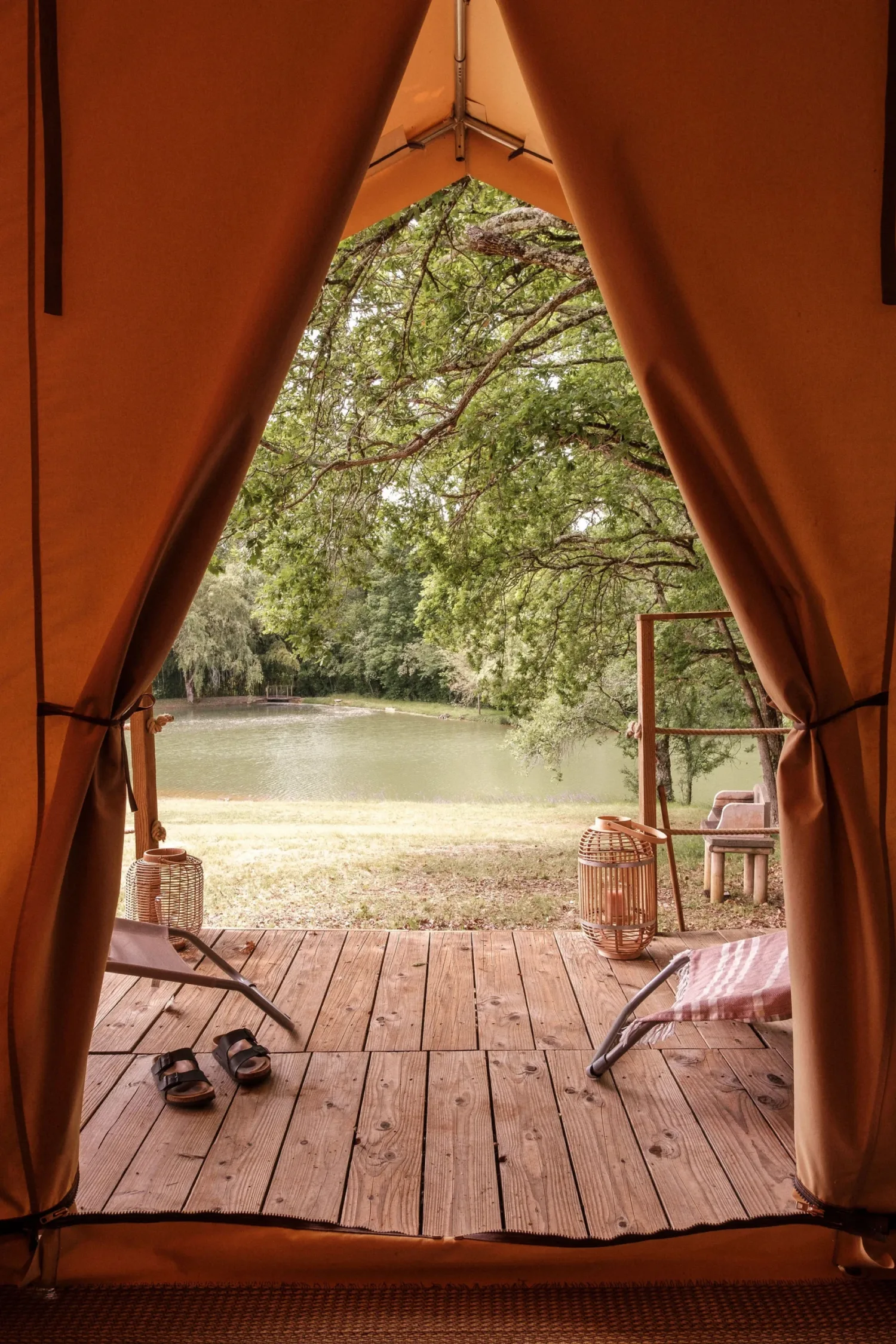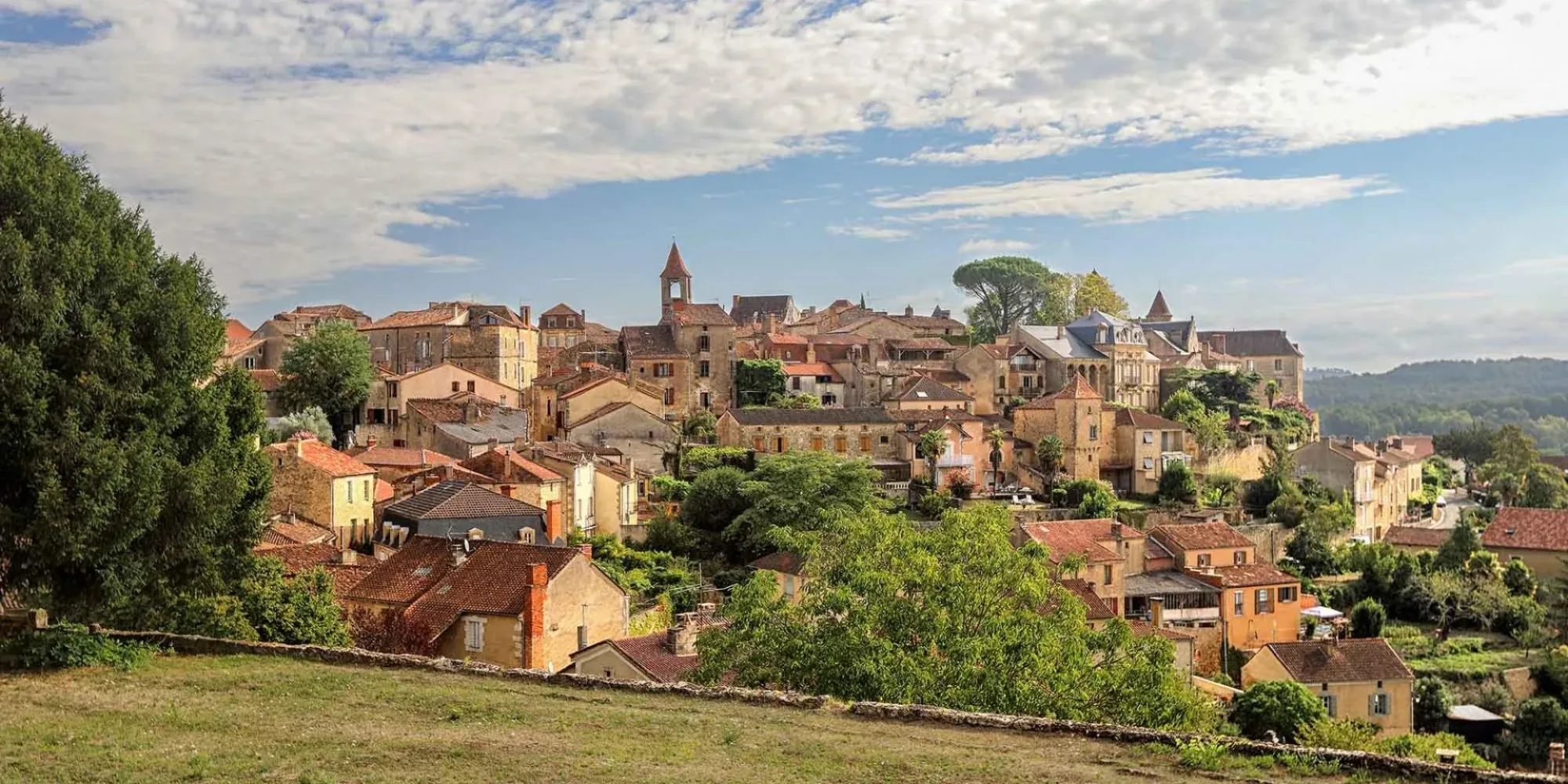Belvès

In the heart of the Périgord Noir region, Belvès is a small medieval town classified as one of the "Most Beautiful Villages in France". Perched on its rocky outcrop, Belvès overlooks the Nauze valley and reveals hidden treasures, just 17 km from our Slow Village Périgord campsite. Discover the medieval city of 7 bell towers, which has managed to survive invasions and the Wars of Religion.
The name Belvès
Belvès is derived from the Occitan "bel vès" meaning "beautiful view" in French. Moreover, the name fits the village perfectly, as it is situated on the tip of a hill overlooking the verdant Nauze valley, offering magnificent panoramic views over the horizons of the Périgord Noir. The streets of Belvès also have distinctive names, such as "Rue du Bout du Monde" or "Rue de l'Oiseau qui chante".
Thehistory of Belvès
Thanks to its strategic position, Belvès has had an eventful history.
Belvès first appeared on the map in 300 BC, when the Celtic Bellovaci tribe settled here. Then, in the 1st century, the Romans conquered Gaul and built a fortress, giving the area security and prosperity.
Over the following centuries, the village was owned by the Merovingians, Franks and Vikings. Then, in the 11th century, Belvès passed into the hands of the English through marriage, and during the Hundred Years' War, it was often in the front line of battle and was besieged several times, offering a remarkable medieval setting.
Finally, during the time of Clement V, who lived as Pope in Avignon and was patron saint of Belvès, peace and prosperity reigned in the village. This papal period is still visible in the paintings and sculptures found in the medieval town.
Belvès on video
Visit the village of Belvès
This fortified medieval town dating back to the 11th century is full of charm, thanks in particular to its seven bell towers, which can be seen from afar and give the town its distinctive appearance. Belvès is a bastide town with a rectangular layout and a 15th-century covered market at its center.
Around the covered market are boutiques, bars and restaurants built of golden stone. The village abounds in vestiges of its historic past: troglodyte dwellings, ramparts, covered market hall, medieval towers and bell towers, mansions and townhouses, and a magnificent church.
Cave dwellings
The prehistoric troglodyte dwellings lie some 6 metres underground beneath the market square. These troglodyte dwellings are open to visitors, who can see where beggars and the poor found shelter from the 13th to 18th centuries. You'll also discover rudimentary furniture and objects revealing a lesser-known aspect of medieval life. Entrance to the troglodyte dwellings is via the fortified gate at the entrance to the square.
Place de la Halle
In the village's central square, you'll find the 500-year-old Halle. Resting on 23 pillars, one of which served as a pillory, an iron ring that was once hung around the neck of an outlaw. A picturesque market still takes place every Saturday morning.
Belvès castle
The Château de Belvès, also known as the Hôtel de Commarque, has been listed as a Historic Monument since 1948. It was built in the early 14th century, then enlarged in the 19th century with the addition of a tower to the south and rooms linking with the medieval dwelling. In 2010, beautiful Renaissance-inspired frescoes were discovered, depicting the famous and rare triads of the Neuf Preux, heroes of the age of the Knights.
The seven towers of Belvès
The seven towers of Belvès have become the town's emblem. Legend has it that in the 11th century, an abbey was built and protected by seven nobles. Each of these nobles built a tower to defend the abbey, earning Belvès the name " village of seven towers ".


